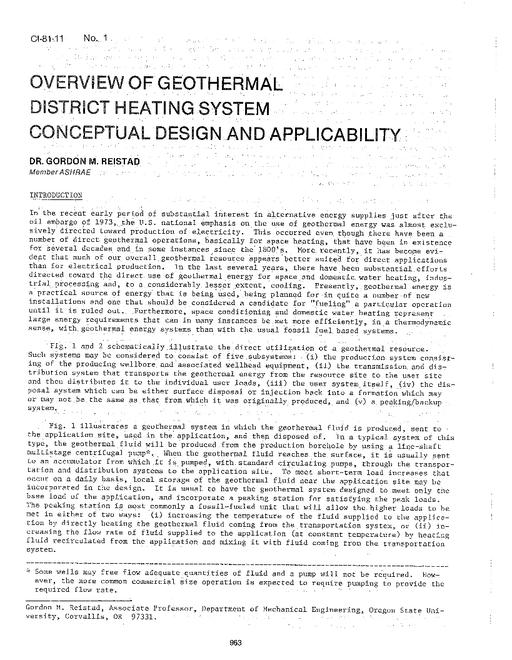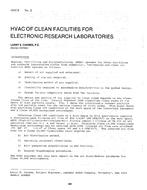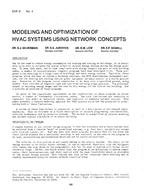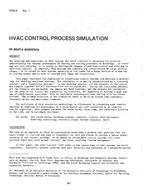-
-
Available Formats
- Options
- Availability
- Priced From ( in USD )
-
Available Formats
-
- Immediate download
- $16.00
- Add to Cart
Customers Who Bought This Also Bought
-

CI-81-11-1 -- Overview of Geothermal District Heating Sys...
Priced From $16.00 -

CI-81-05-2 -- HVAC of Clean Facilities for Electronic Res...
Priced From $16.00 -

CI-81-07-1 -- The Application of Photovoltaics to a Solar...
Priced From $7.00 -

CI-81-03-4 -- Modeling and Optimization of HVAC Systems U...
Priced From $16.00
About This Item
Full Description
The modeling and simulation of HVAC systems and their controls is necessary for properly understanding the dynamic performance of heating and cooling processes in buildings. In carrying out such analyses, it is useful to distinguish between closed-loop control and steering or open-loop control. In addition, HVAC systems and controls are characterized by large working ranges. It is normal to have systems operating at low loads for a large port.ion of a heating or cooling season and to have to contend with large non-linearities.
This paper discusses the simulation of closed-loop control systems and develops a methodology for modeling nonlinear systems. The simulation is primarily characterized by a "chaining process" and a "transition process." In the chaining process, all the elements in the system are coupled together and all nonlinearities are accounted for. During the transition process, all the elements are decoupled, the inputs are held constant, and the outputs are calculated for one step in the future. The simulation is, therefore, not depending on solving a high number of simultaneous equations. This is especially advantageous when dealing with non-linear systems. The primary structure of the simulation model is bu.ilt up around time constants, transport delays and non-linear elements.
The usefulness of this simulation methodology is illustrated by presenting some results obtained by modeling the performance of a steam-heated air coil controlled by an adaptive control algorithm. This example includes the steam valve, steam trap, and condensate build-up in the coil, and is extremely nonlinear.





